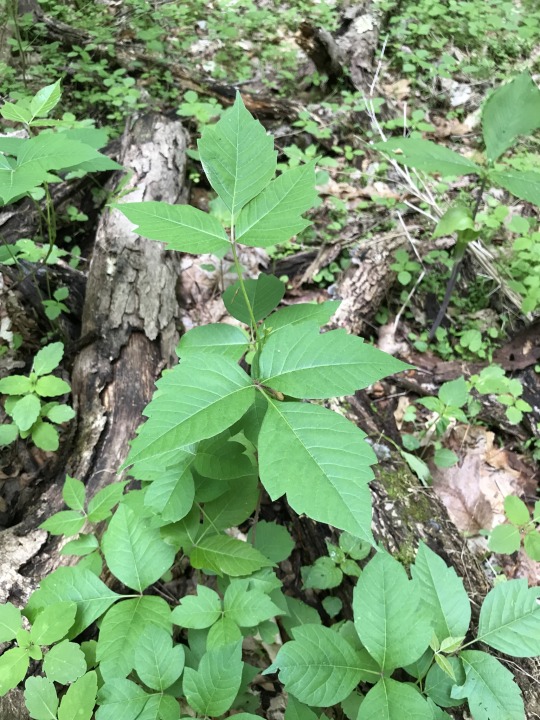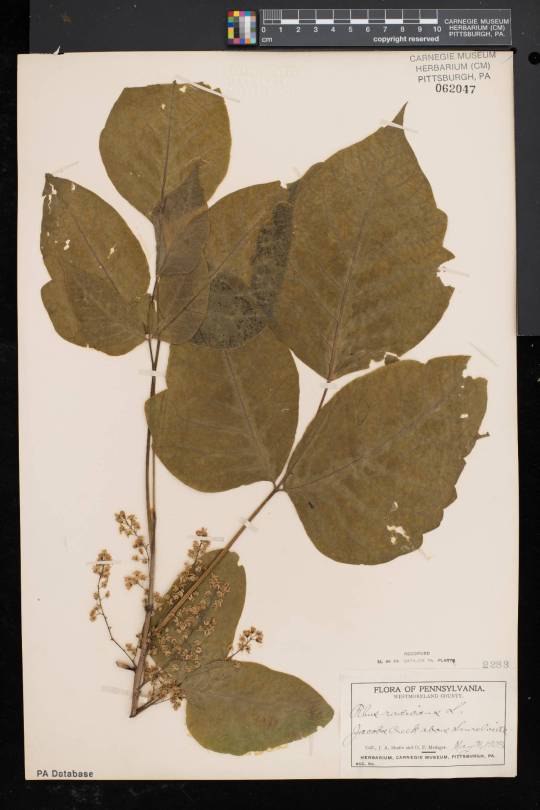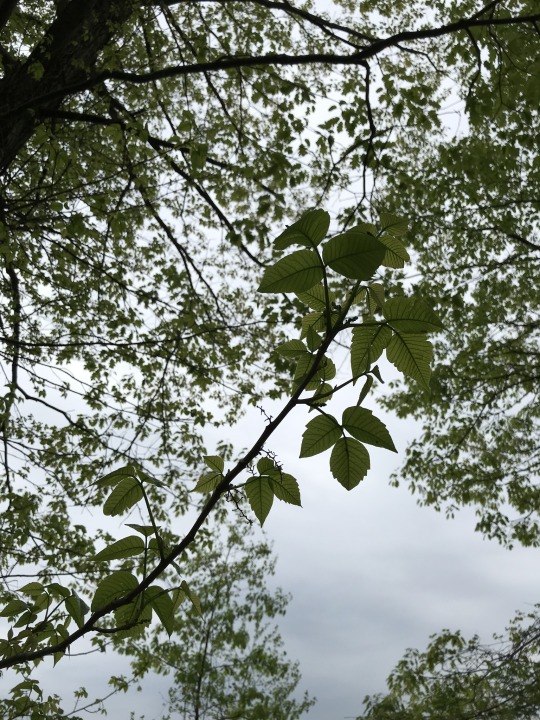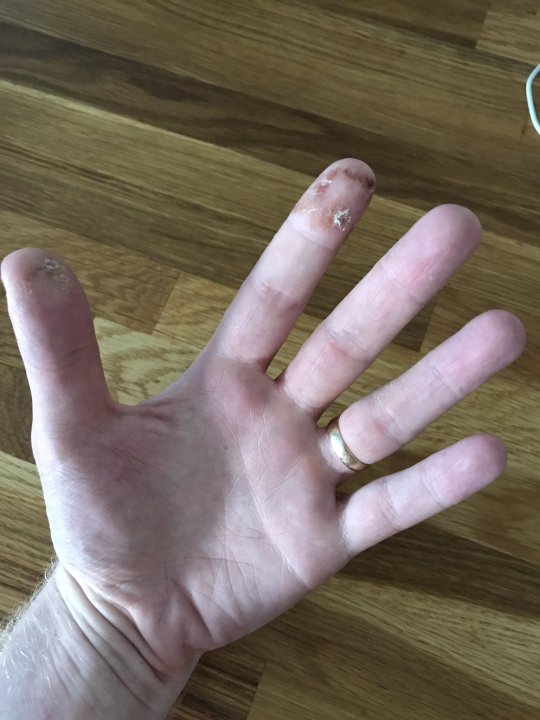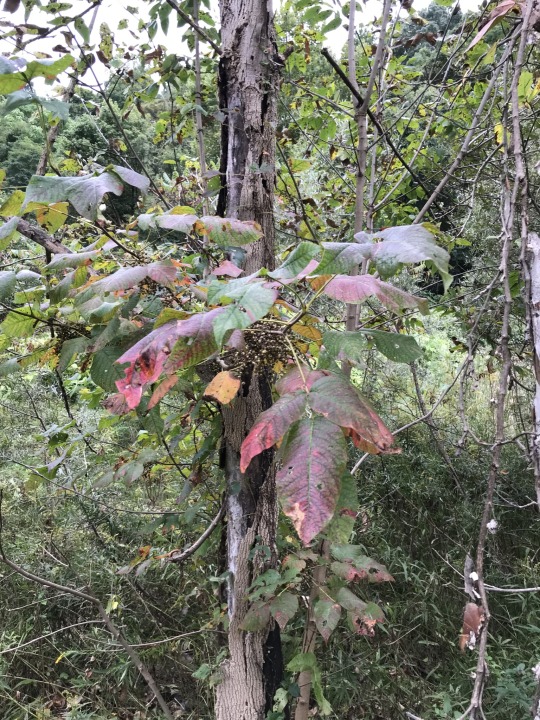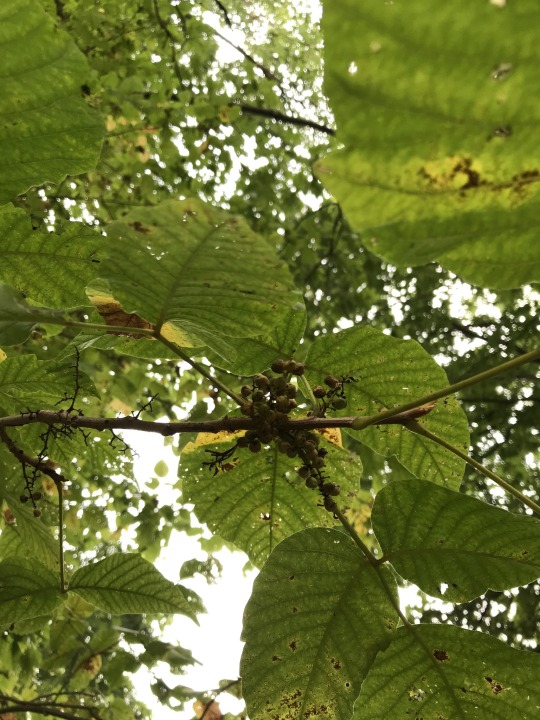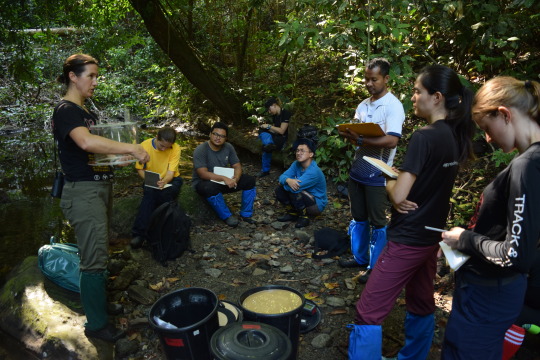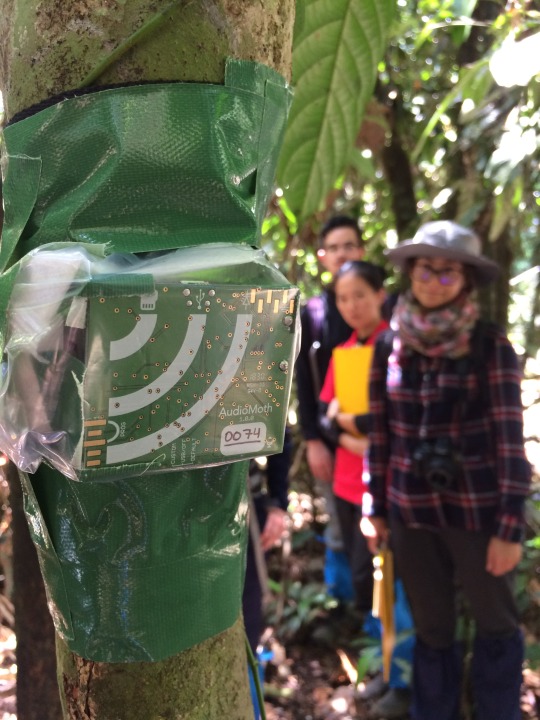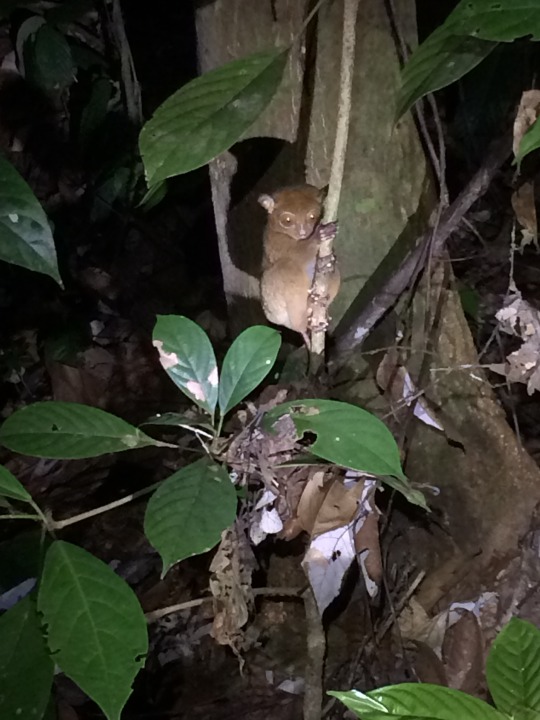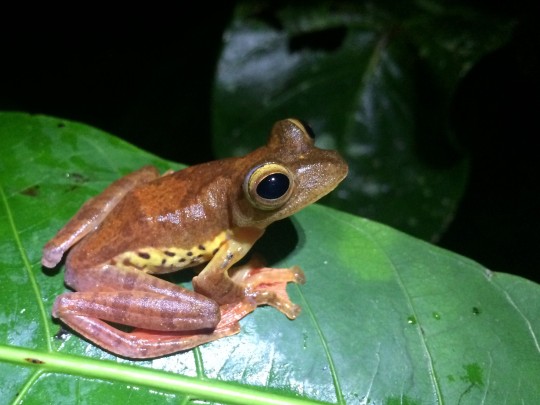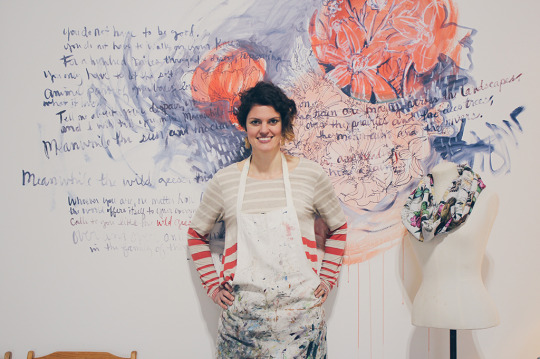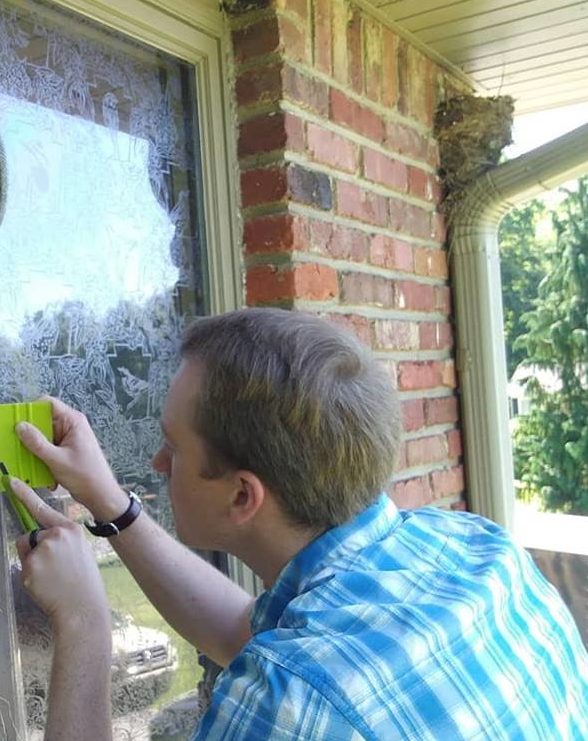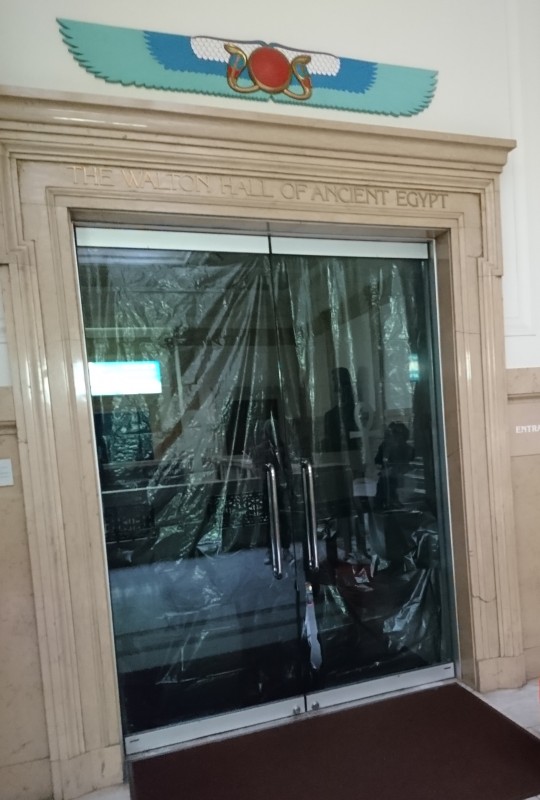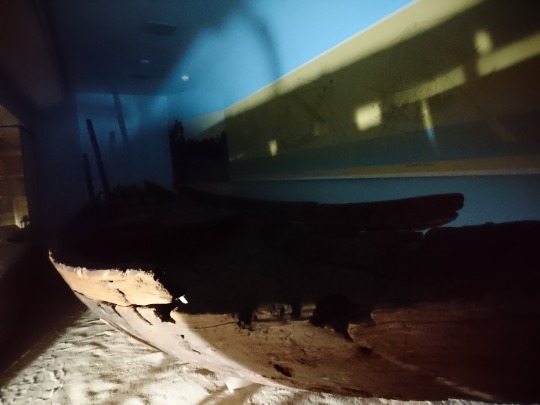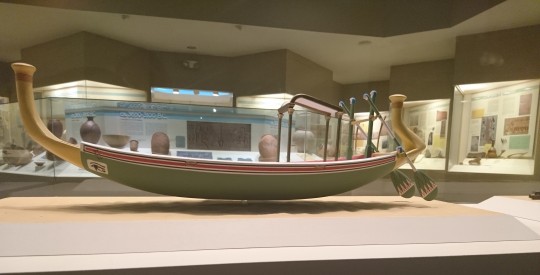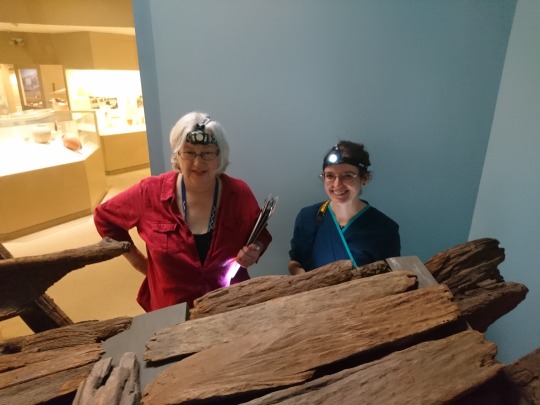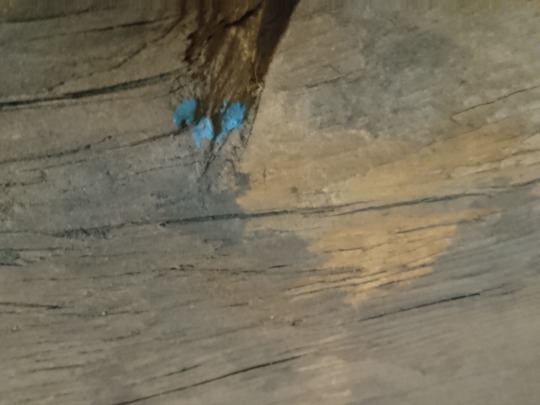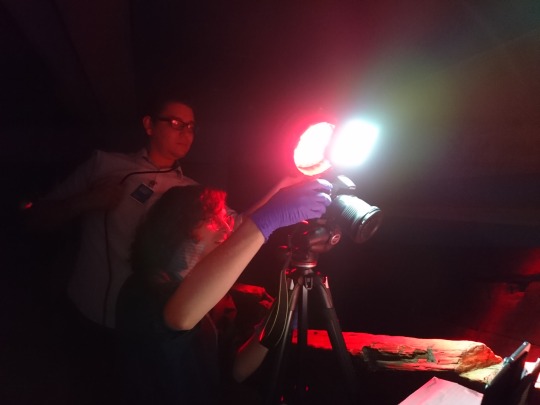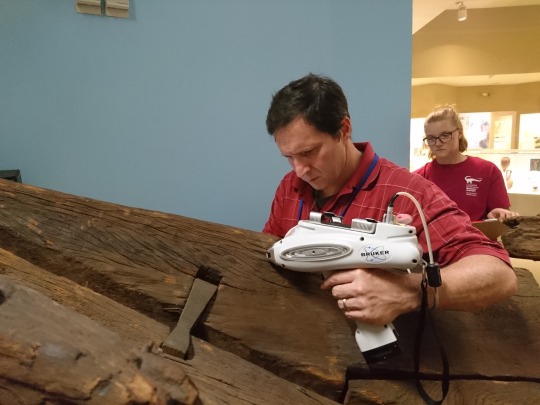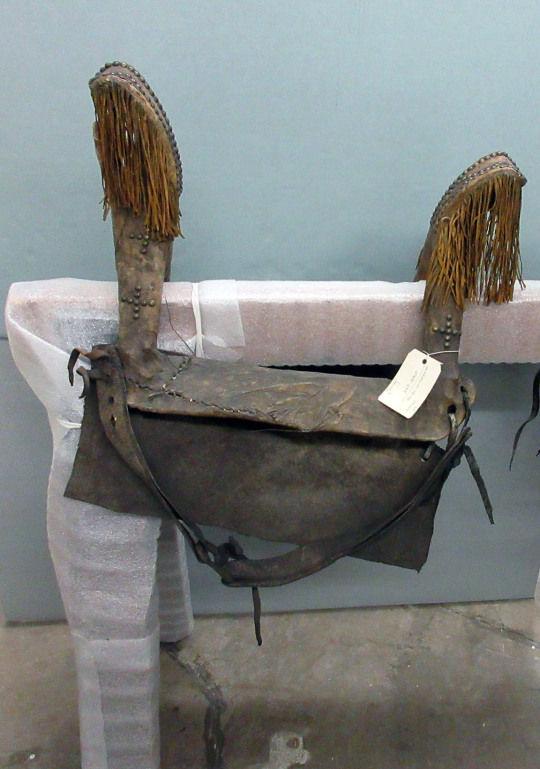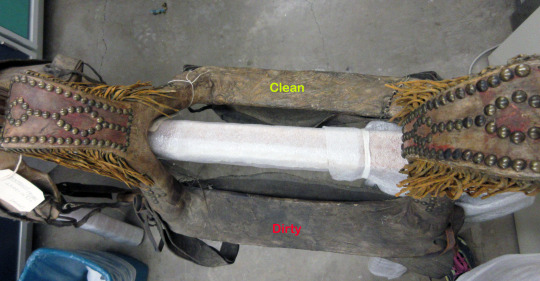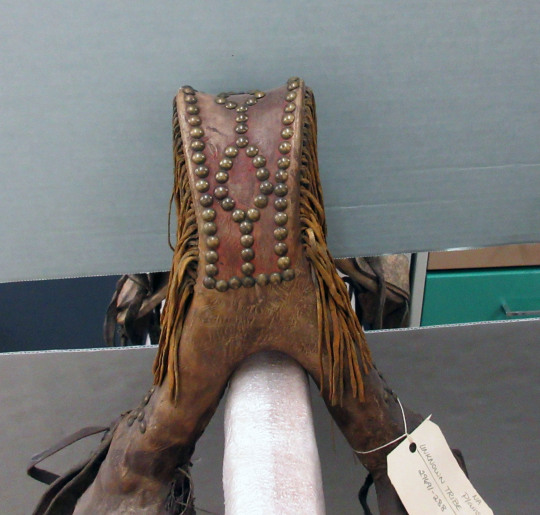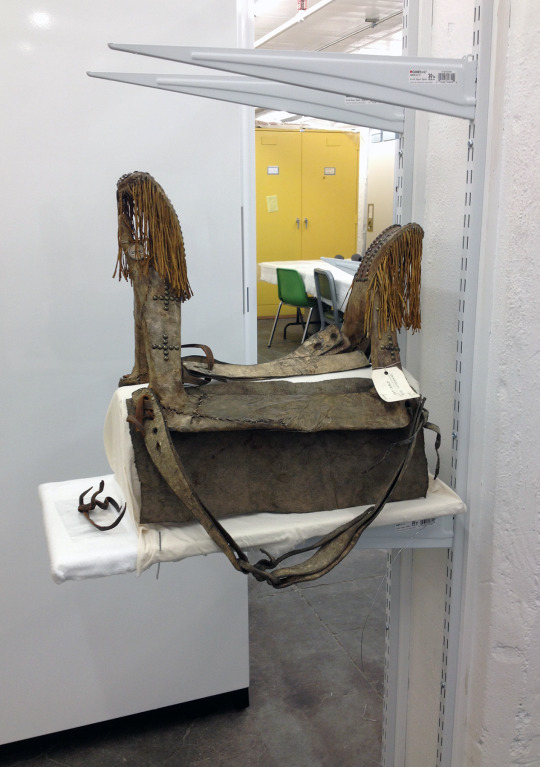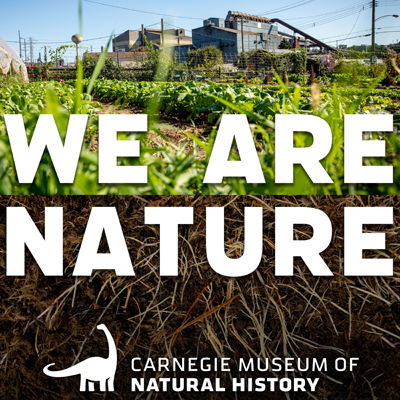
About the Podcast
Stories about natural histories and livable futures presented by Carnegie Museum of Natural History. Season One centered collective climate action. Season Two, “The Anthropocene Archives,” delves deep into the Carnegie’s collection of over 22 million items. We’re raiding cabinets and cases, sifting through objects and organisms in search of stories of stewardship, solutions, and scientific wonder. Each episode features items from the Museum’s collections as windows into the science and ethics of the Anthropocene, as discussed by curators, collection managers, and community members. These solution-centered stories remind us that the Anthropocene is not a history to bemoan, but an ongoing epoch in which humans have agency to make positive change.
Get more info about our collaborators and interview subjects with these videos.
Meet the Hosts
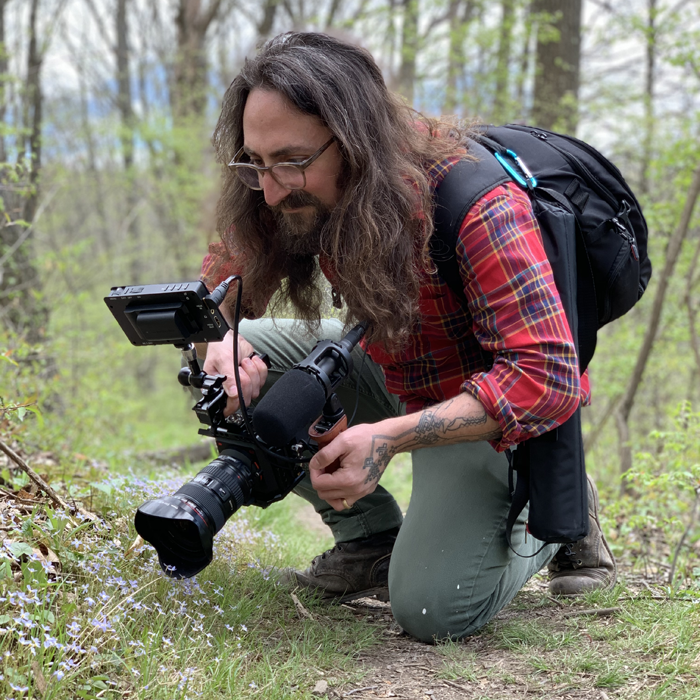

Host + Editor Michael Pisano’s first career aspiration was to be a dinosaur. 35-ish years later, he makes films about sustainability and solidarity. He also makes fantasy games about collaboration in the face of doom. Together, he thinks, we can fight for a joyous future.
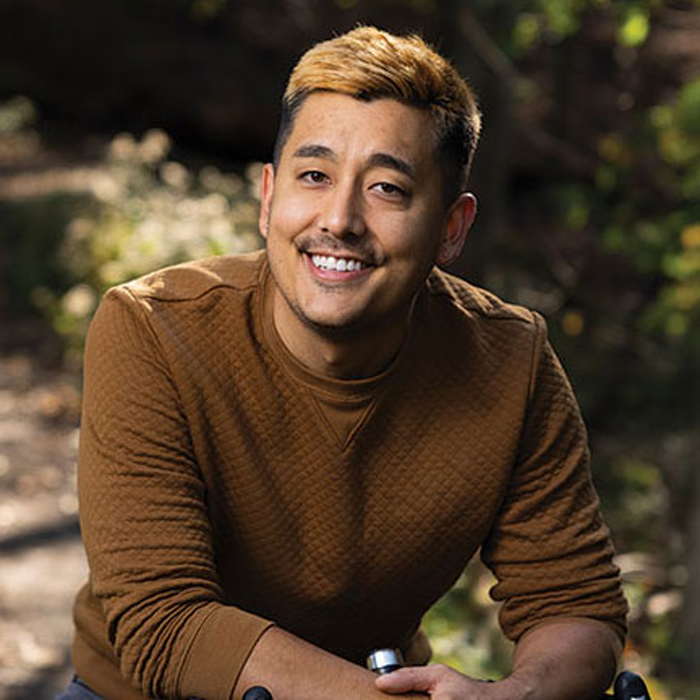

Producer & Co-host Taiji Nelson studies Learning Sciences and Human Development at the University of Washington (Seattle), but lived in Pittsburgh from 2006-2022 and grew up in the Allegheny National Forest. He is passionate about developing ways to promote solidarity between the environmental movement and other justice movements, and facilitating learning environments that help people answer big questions about taking action toward climate justice.


Field Reporter Di-ay Battad tells stories about people who are working toward a safe, just, and inspiring world. With their background in teaching in alternative and after-school settings, Di-ay is especially motivated to show the value and power of education, and of youth voices, in our movement toward climate justice.
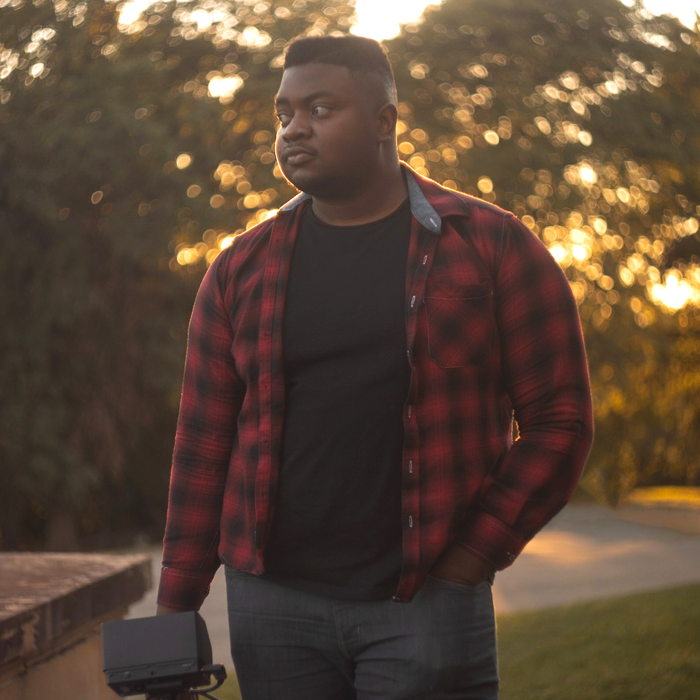

Field Reporter Jamen Thurmond started his career shooting on his phone three years ago. He takes inspiration from anime and his everyday life to make ordinary things seem greater than they are. He aspires to elevate the voices of the unknown and document his life in the process.


Field Reporter David Kelley is a local curmudgeon armed with a camera and a passion for storytelling.
